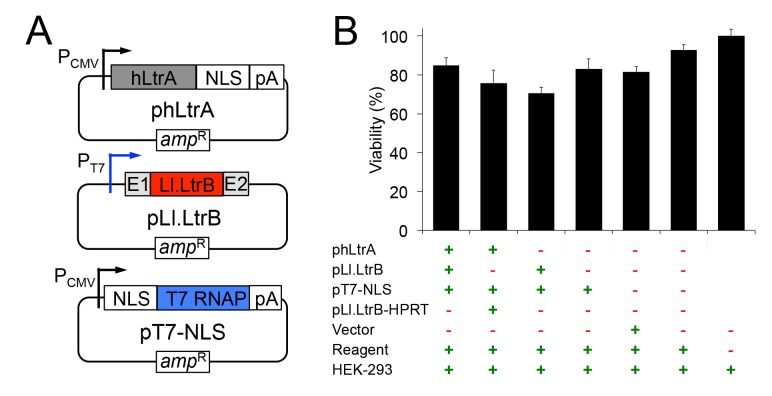Fig 1. Plasmids used for expressing the mobile Ll.LtrB group II intron in human cells and their effect on cell viability.
(A) Mobile group II intron expression plasmids. phLtrA uses a CMV promoter to express a humanized LtrA protein (hLtrA) with a C-terminal SV40 NLS followed by a human growth hormone polyadenylation signal (pA). pLl.LtrB uses a minimal T7 promoter to express the Ll.LtrB-ΔORF intron with flanking 5’ and 3’ ltrB exons (E1 and E2, respectively). pT7-NLS uses a CMV promoter to express T7 RNAP with an N-terminal SV40 NLS followed by the same polyadenylation signal as above. (B) Cytotoxicity assays. HEK-293 cells were transfected with the indicated plasmids. After 48 h in culture, luciferase activity was measured as an indicator of total cellular ATP content and cell viability by using a CellTiter-Glo direct lysis kit. Plasmid pLl.LtrB-HPRT expresses an Ll.LtrB intron targeted to the mouse hprt gene [45], the vector is pBluescript and the reagent is Lipofectamine 2000. The bar graph shows the average for three separate transfections with the error bars indicating the SEM.

